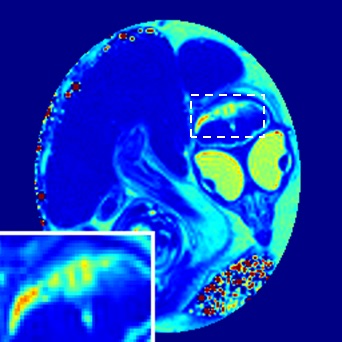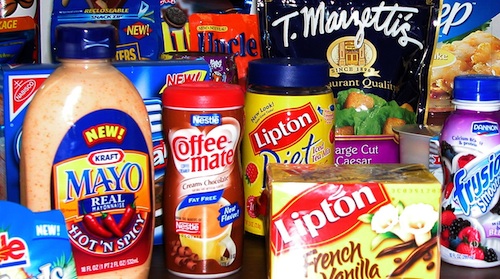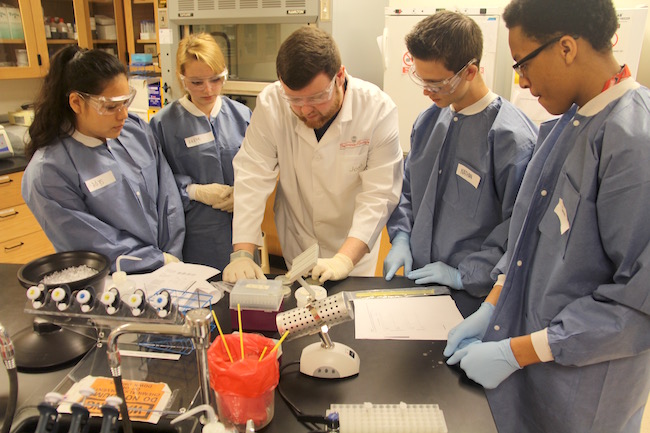With sports practice, after-school activities and errands, families often struggle to find time for home-cooked meals. But being on the go doesn’t have to mean fast food is on the menu.
To plan healthy, well-balanced meals and snacks on a tight schedule, Connie Crawley, a University of Georgia Extension nutrition and health specialist, says use MyPlate, the nutrition guide published by the United States Department of Agriculture, as a guide. Meal planning and health tips can be found online at ChooseMyPlate.gov.
With a little forethought, food on a busy day can be a lot healthier than the fare offered at the local drive-thru.
“Most snacks can be stored in a cooler or bought away from home if carefully planned … If you plan to eat out, go online to find the better choices before you leave home,” Crawley said.
When parents make the choice to purchase fast food, it is important to look up options that are lower in fat and calories.
“Decide what will be ordered before you go in,” Crawley said. “It might be best if one parent orders for everyone so changes to less healthy foods will not happen.”
About 17 percent of fast food menu items can be considered “healthy choices,” according to fastfoodmarketing.org. On kid’s menus, approximately 12 of the 3,039 possible meal combinations meet nutritional criteria for preschoolers, and 15 combinations meet the criteria for older children.
To combat occasional unhealthy eating, Crawley recommends balancing everything out with healthier at-home meals.
“Unfortunately low sodium foods are rare in fast food or any restaurant,” Crawley said. “That means preparing and eating lower sodium foods at home and at school to make the overall intake of sodium less.”
Snacks should be kept healthy too. When it’s time for baseball practice or dance lessons, children should have water before and after, and snacks should be kept light. “Nothing too elaborate or heavy,” Crawley said.
These options can include fruit, nuts, whole grain cereal and other healthy foods.
“If the child or teen is really doing a heavy workout for over an hour with a lot of sweat, this is the one time a sports drink may be useful,” Crawley said.
If a child is not going to be this active, sports drinks should be avoided, and, as a general rule, energy drinks should be avoided all together.
To stay healthy on the go, it’s important to remain aware of the nutritional value of different foods. Otherwise, options may be misleading.
“You cannot always assume a chicken sandwich or a salad is the best choice. Fortunately, larger chains will soon be required to list their calorie and fat content on the overhead menus,” Crawley said. “The info. is not always too legible, but it will be there. Maybe that will help some families make better choices."
To help on-the-go families, UGA Extension provides a few tips for healthy snacks and meals.
Simple snacks
Simple snacks can include fruit (plain, dried or paired with sorbet or cottage cheese), yogurt, whole grain cereal, 100 percent frozen fruit bars, nuts for older children, trail mix — made with whole grain cereal, nuts and dried fruit —, homemade fruit breads and muffins (such as banana bread or carrot muffins), low-fat cheese with wholegrain bread or hummus and whole grain pita.Planned snacks
A few snacks that can be made at home, then stored in a cooler or otherwise retained away from home include peanut butter sandwiches, salads with light dressing, milk in small boxes, hard-boiled eggs, single servings of cottage cheese, cut-up vegetables with light dip made with plain yogurt and homemade soups in thermos bottles.Before and after practice snacks
Cut-up fruit and/or vegetables, yogurt, milk, half a sandwich made with real turkey (not lunch meat) or low-fat cheese or whole-grain crackers and low-fat cheese make good snacks for active kids.For more information on health related topics, contact your local UGA Extension office at 1-800-ASK-UGA1.






